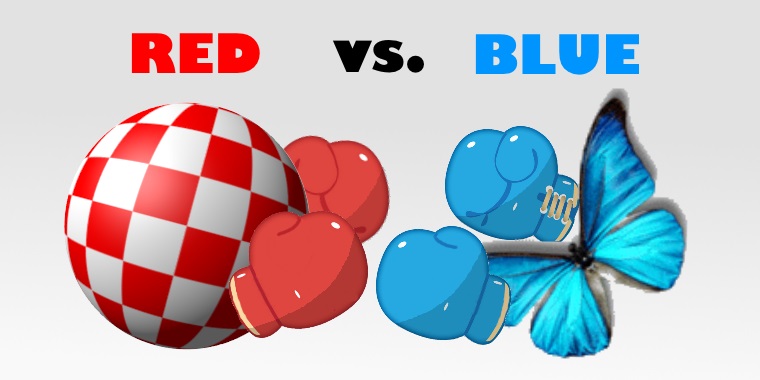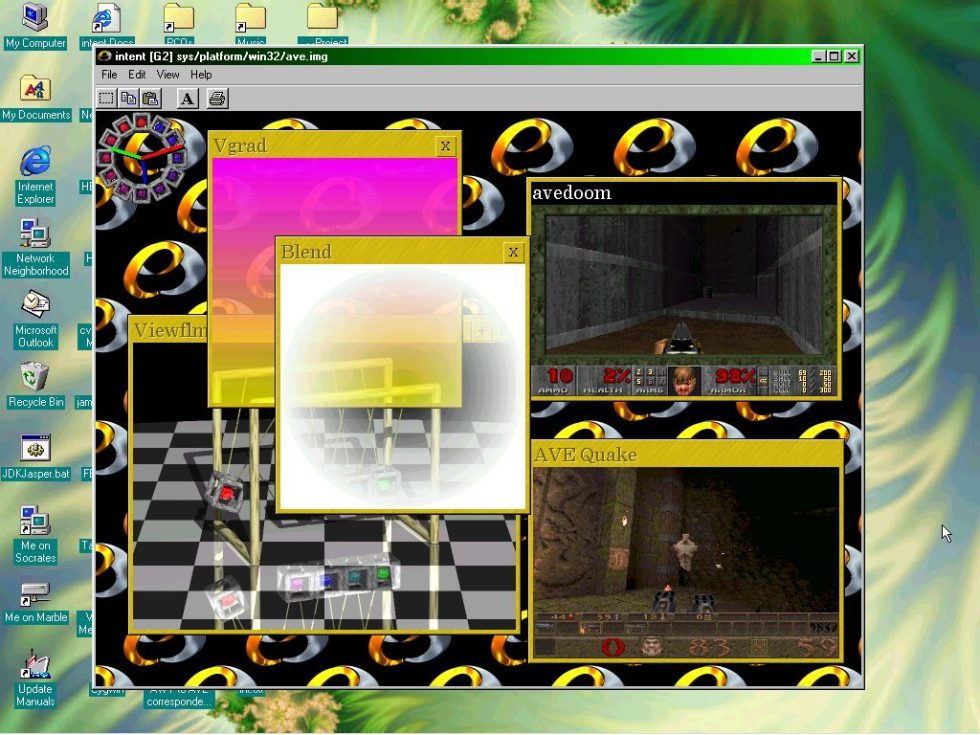
The year 2000, which once seemed so impossibly futuristic, had finally arrived. Bill McEwen, president of the new Amiga Inc., celebrated with a press release telling the world why he had bought the subsidiary from Gateway Computers.
“Gateway purchased Amiga because of Patents; we purchased Amiga because of the People.” It was a bold statement, the first of many that would come from the fledgling company. Amiga Inc. now owned the name, trademark, logos, all existing inventory (there were still a few Escom-era A1200s and A4000s left), the Amiga OS, and a permanent license to all Amiga-related patents. They had also inherited Jim Collas’ dream of a revolutionary new Amiga device, but none of the talent and resources that Gateway had been able to bring to bear.
“Gateway purchased Amiga because of Patents; we purchased Amiga because of the People.”
To chase this dream, Amiga Inc. would have to look elsewhere. McEwen thought he had found the answer in an obscure British technology startup. This was the Tao Group, started by Francis Charig, a UK businessman, and Chris Hinsley, a talented Atari and Amiga games programmer who wrote in assembler.

The Tao Group and Amiga Anywhere
Tao had created a product that was so innovative that few people understood what it actually was. Taos was an operating system that was coded in VP1, an advanced assembly language that used instructions for an imaginary, idealized RISC CPU. When Taos programs were loaded into memory, the system translated the VP1 opcodes into the equivalent ones for whatever CPU it happened to be running on. Taos could run on an x86, a MIPS, a PowerPC, or a transputer, and many more—or even different combinations running at the same time. Because VP1 instructions were more compact than most CPU’s native opcodes, Taos programs would often load and run faster than native ones, even when you included the time it took to do the translation. Taos was a little bit like magic.
As cool as it was, Taos had a hard time finding buyers in the marketplace. So the group doubled down and added new features to make it more attractive. The people at Taos wrote a graphical user interface and support for multimedia. They wrote a Java virtual machine (JVM) so that users wouldn’t have to write applications in VP1 assembler. There was little money in JVMs, but there was a market for full-fledged operating systems that ran on a tiny amount of resources, could run on different CPUs, and supported Java applications. This was the burgeoning world of personal digital assistants (PDAs).
-
A Sharp Zaurus Personal Digital Assistant (PDA)
-
The Sharp Zaurus with AmigaDE software
-
Closeup of the Sharp Zaurus running AmigaDE
-
The Sharp Zaurus running software on top of AmigaDE
-
An ARM-based laptop running the Amiga DE
PDAs were all the rage in the late ‘90s and early 2000s. Not quite yet smartphones, they were pocketable devices that could keep track of your appointments, record notes, and sometimes take pictures. Palm was the biggest player in this space, but plenty of other companies wanted in on the action.
Bill McEwen saw the opportunity to get in on the ground floor of a new market, and he licensed the full stack of Tao Group’s technology. He called it the “Amiga Digital Environment” or AmigaDE, although it would be later branded as “Amiga Anywhere.” McEwen even made an appearance on TechTV with Leo Laporte to demonstrate how you could take a single SD card with an Amiga Anywhere-branded 2D shooter game and run it on Windows and a whole host of incompatible PDAs with different CPU architectures. It was an impressive demo, but what it had to do with the Amiga wasn’t clear exactly.
Amiga Inc. also announced a deal with Hyperion Entertainment—a company that ported older games to Linux, Macintosh, and Amiga systems—to convert its games to the AmigaDE.
The split begins
The remaining Amiga community reacted to these announcements with confusion. Amiga Inc. made a vague promise that old software would run on the AmigaDE through emulation, but this didn’t provide a bridge for people with existing hardware.
To mollify the community, Amiga Inc. announced a partnership with Haage & Partner to make a new version of WarpOS that would run the AmigaDE environment. WarpOS wasn’t really an OS at all, but a PowerPC library that sped up certain Amiga programs on PPC accelerator cards. It was a replacement for PowerUP, the library that shipped with Phase5’s PPC accelerators. The divide between WarpOS and PowerUP had been contentious in the past, before both sides had agreed to an uneasy truce. Now, the stage was set for this old rivalry to split the Amiga community in two.
Merlancia
It was a heady time, and the dotcom mania attracted both legitimate and dubious investors. One example of the latter was Ryan Czerwinski, who claimed to be 40 years old, a Ph.D., and the president of Merlancia Industries. He arranged meetings with Amiga Inc. and even hired legendary Commodore engineer Dave Haynie to work on new Amiga PowerPC hardware. It turned out in the end that Czerwinski was a teenager living with his mother, and Merlancia was just a bunch of ideas in his head. Haynie, who was now owed $55,000 for his consulting work, was left scarred by the experience. After the failed PIOS startup and now the Merlancia debacle, his heart was broken. He would never work on Amiga-related technologies again.
MorphOS
In October of 2000, Haage & Partner released the final version of the classic Amiga operating system, AmigaOS 3.9. In the same month, Petro Tyschtschenko announced his retirement and the closing of his office in Germany. All the old Escom A1200s and A4000s were finally gone. It was the end of an era.
Also vanishing by this point was the PowerPC accelerator company Phase 5, which had gone into bankruptcy. But some of the former employees of Phase 5 formed a new company named bPlan and partnered with a software company called Thendic. Thendic was run by Bill Buck, formerly of VIScorp, who had helped pay the salaries of Amiga Technologies employees during the Escom bankruptcy. bPlan and Thendic got to work on a dream they had been imagining since 1995—a fully PowerPC-based Amiga with a native Amiga operating system.
Some of the pieces were already there. The PowerUP library, for one, but there was also the Picasso graphics library that supported non-Amiga display chipsets, a new file system called SFS, and other components from the open-source Amiga Replacement OS (AROS) project. All it really needed was a new microkernel, and when Ralph Schmidt wrote one called Quark, the old PowerUP system had finally morphed into a full operating system in its own right. Thus it became dubbed “MorphOS.”
-
An early version of MorphOS.
-
MorphOS borrowed heavily from AmigaOS
-
MorphOS could be heavily themed.
-
Another MorphOS screenshow
-
Another MorphOS screenshow
reader comments
194